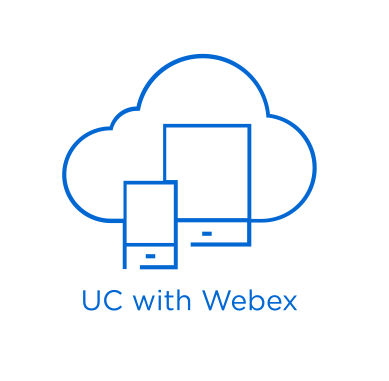How does a PRI phone system work?
- A PRI phone system uses the Primary Rate Interface standard to carry multiple voice and data lines over traditional copper wire telephone lines.
- A PRI phone system is connected to the Public Switched Telephone Network (PSTN) through a physical connection and uses a circuit-switched model for making connections.
A Primary Rate Interface or PRI phone system has been the dominant technology in enterprise telecommunications for more than 40 years. But how does a PRI phone system work exactly, and what benefits does it provide to an organization? Here’s a brief introduction to “How does a PRI phone system work?” that answers these questions and others.
How does a PRI phone system work?
PRI is an interface standard used on an Integrated Services Digital Network (ISDN) to carry multiple voice and data lines over copper wire. Voice calls are transmitted as electrical signals and routed through traditional telecommunications companies. A PRI phone system provides a physical connection to the Public Switched Telephone Network (PSTN) over a line that is dedicated to serving voice calls.
How does a PRI phone system work vs. a SIP system?
Where a PRI phone system provides a physical connection using a circuit-switched model for making connections, a SIP phone system provides a virtual connection that uses a packet-switched model for making connections.
How does a PRI phone system work when scaling up?
A PRI phone system line can accommodate up to 23 calls simultaneously, requiring organizations with hundreds or thousands of users to use multiple PRI lines. Scaling up can be time-consuming and costly – adding more PRI lines may take days or weeks to complete.
How does a PRI phone system work with security?
A PRI phone system is considered more secure than analog phone lines, as its signals are more difficult to intercept. A PRI phone system is also thought to be more secure than SIP trunking, which routes and exposes signals to the public Internet.
Note that SIP trunking from many major carriers (such as Spectrum Business for enterprise) does not suffer from this drawback, as all traffic is routed over the carrier’s private network.
How does a PRI phone system work to deliver better QoS?
Because it uses a dedicated connection and does not rely on available bandwidth (as is the case with SIP trunking), a PRI phone system can typically deliver higher Quality of Service (QOS) than other options. Companies with mission-critical needs for voice quality will often choose a PRI phone system over SIP.
How does a PRI phone system work in terms of cost?
Because it requires a certain amount of hardware and a relationship with a telecommunications company, a PRI phone system is typically more expensive to implement than a SIP phone system.
How does a PRI phone system work with Spectrum Business for enterprise?
As a leading provider of fiber solutions for enterprises in the U.S., Spectrum Business for enterprise offers a PRI phone system trunking solution that delivers highly reliable voice services over an extensive fiber network. Our PRI trunking solution provides unlimited local calling and Minutes of Use packages for nationwide long distance, toll-free and international calling. We also provide a suite of management, reporting and business-continuity features that help to ensure employees can stay connected and productive.

